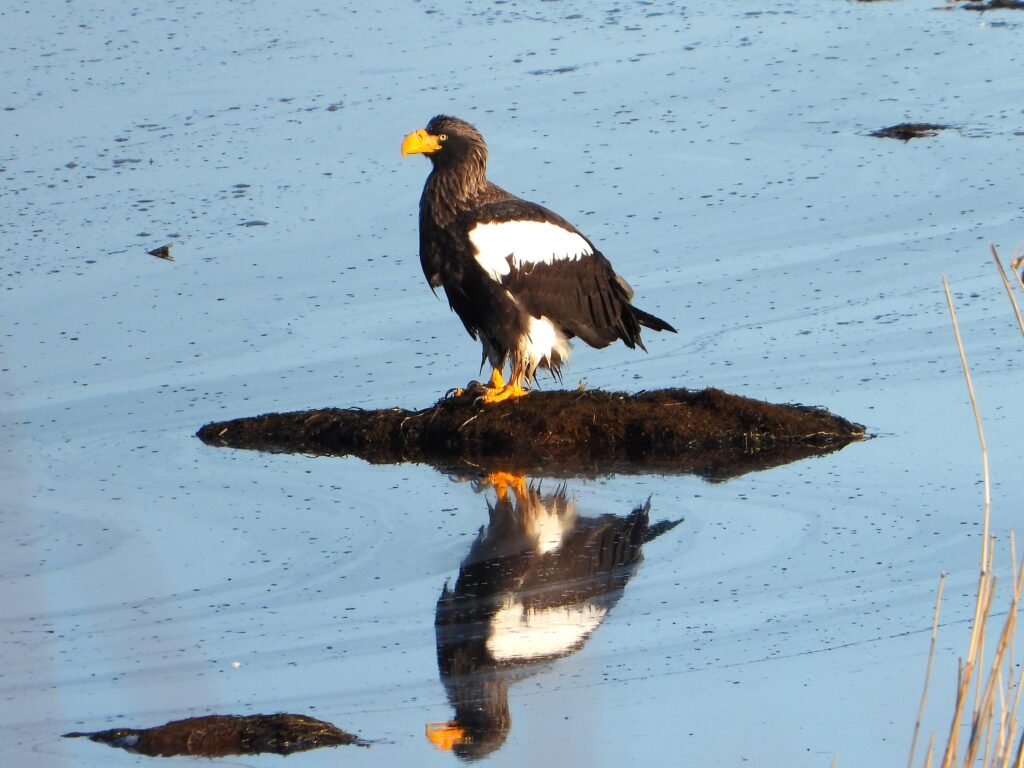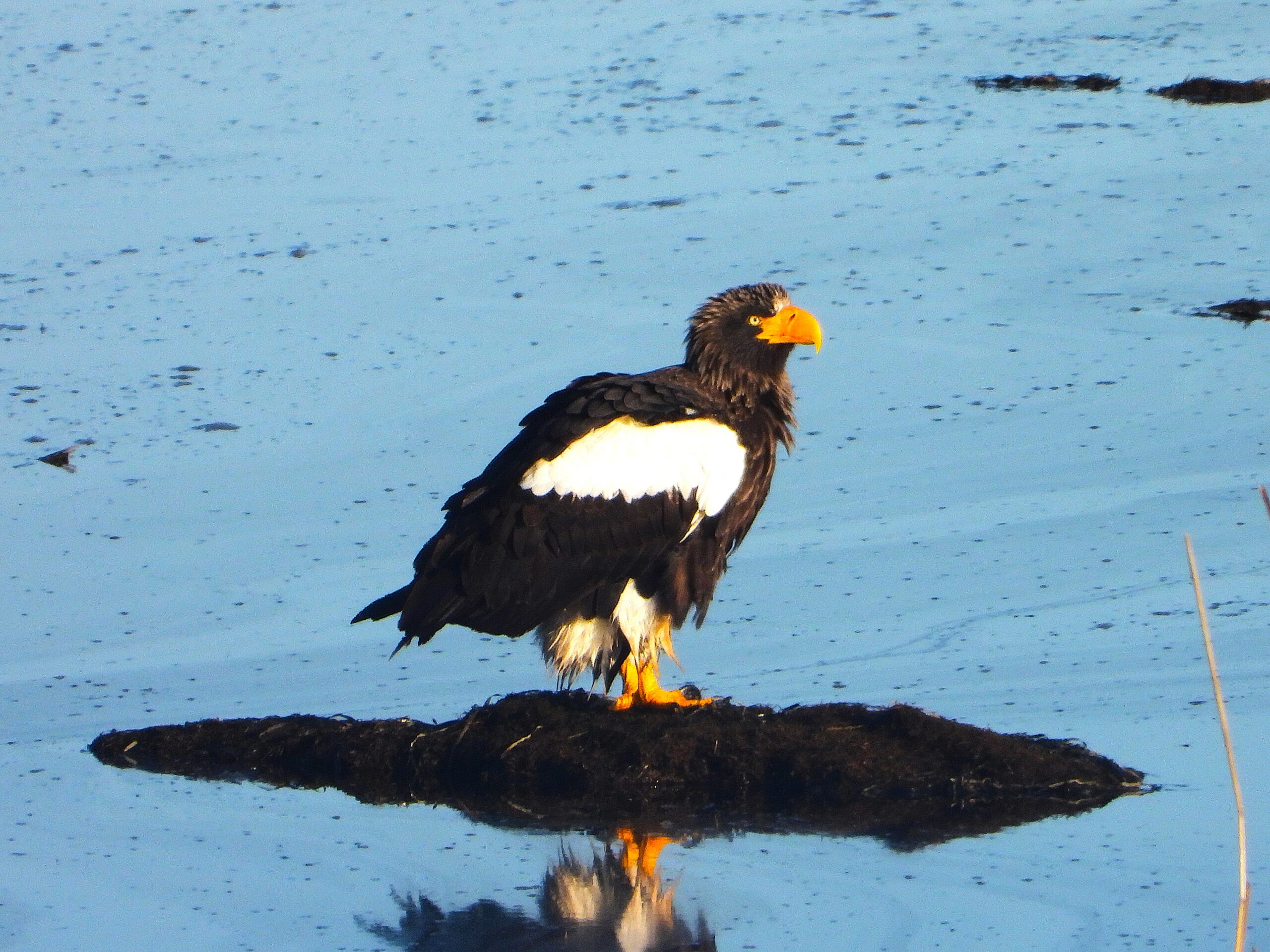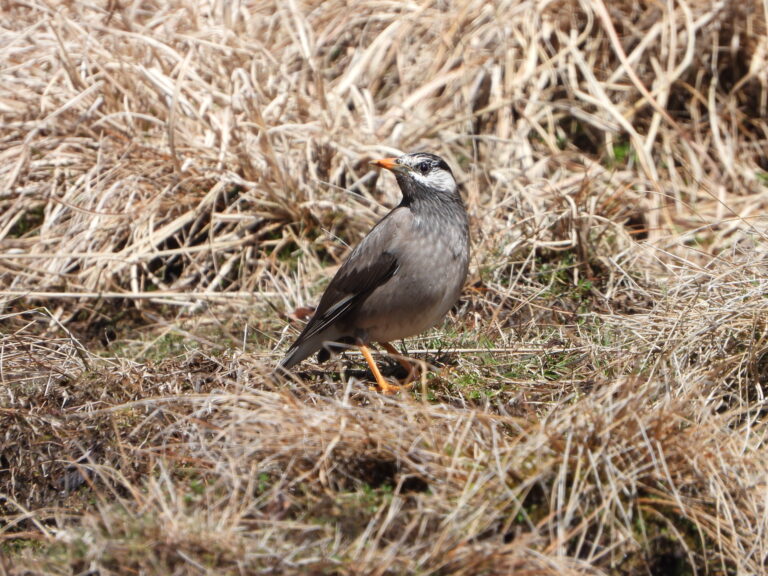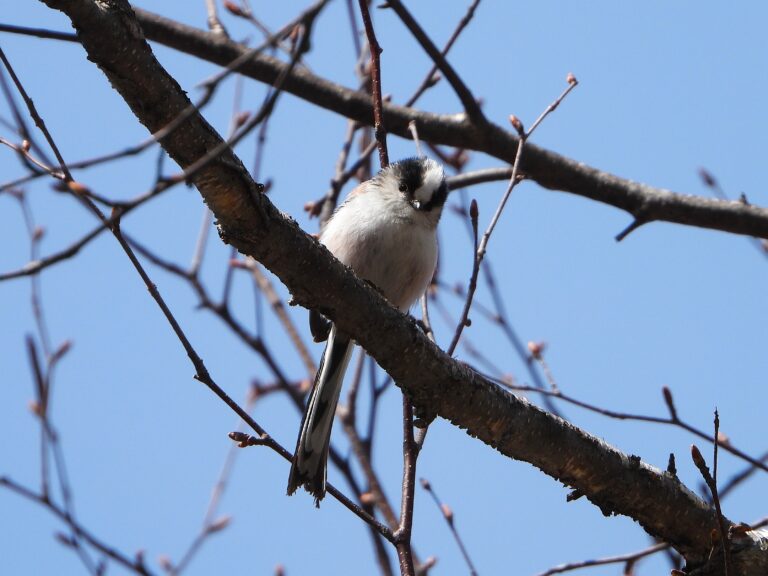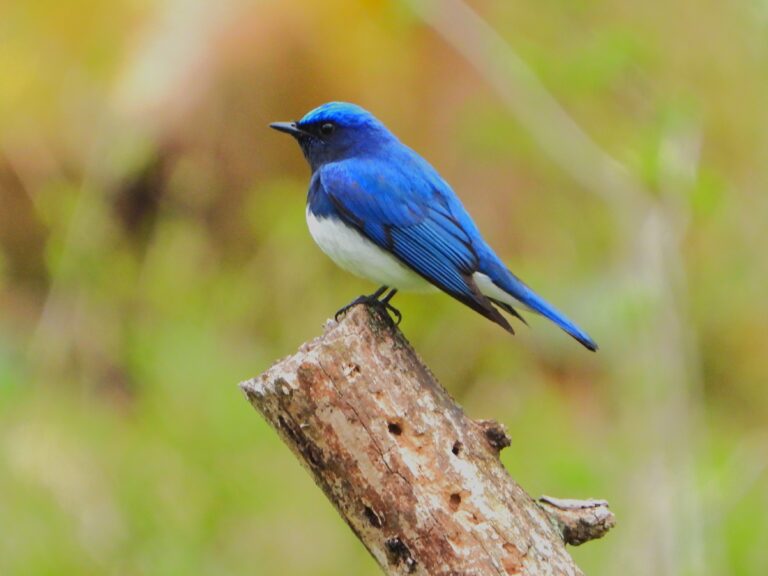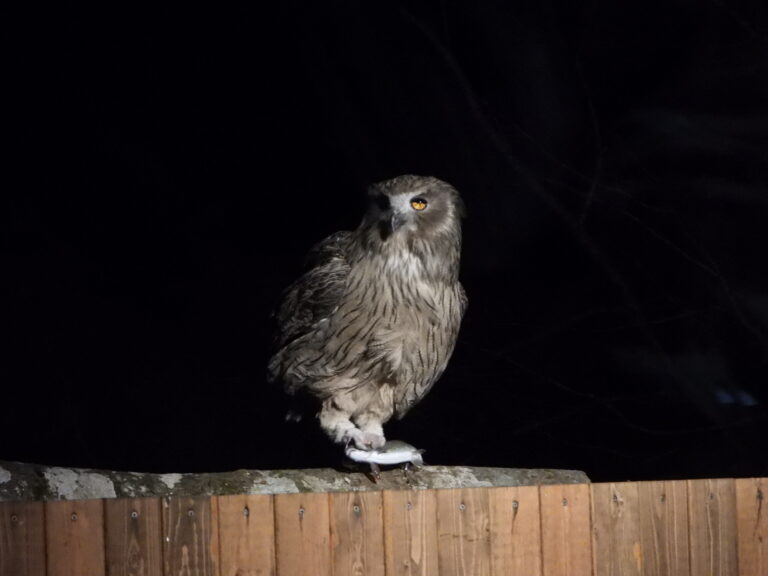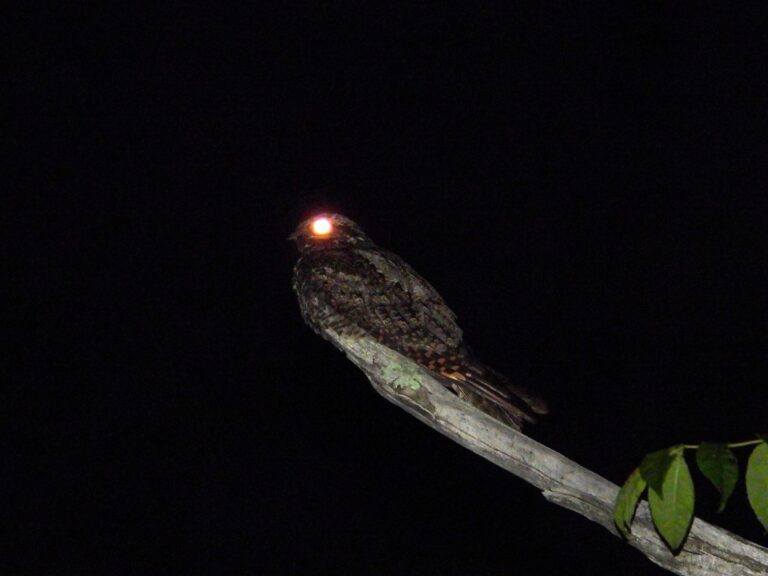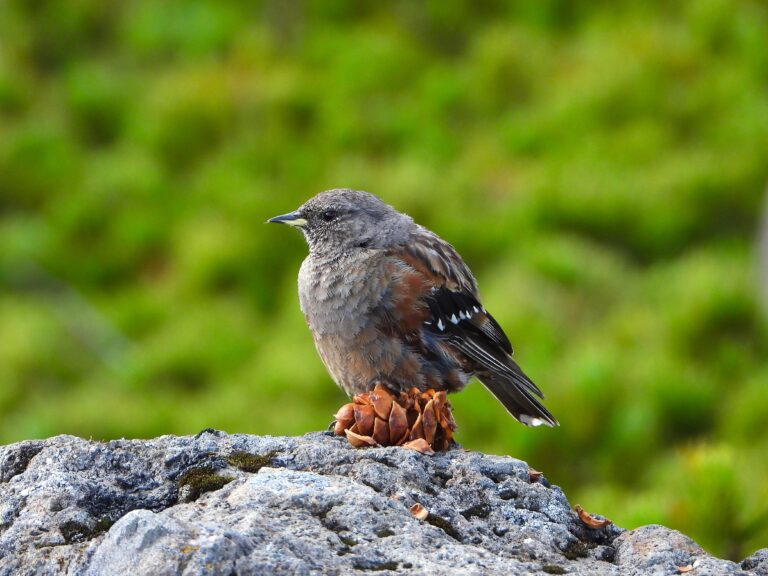Steller’s Sea Eagle (Haliaeetus pelagicus) – Wildlife of Japan
Introduction
A colossal sea eagle of northeastern Asia, the Steller’s Sea Eagle winters in eastern Hokkaidō where pack ice and rich coastal waters draw in this spectacular raptor each year. It is globally listed as Vulnerable.
Appearance
A massive dark-brown eagle with striking white tail and shoulder patches, huge orange bill, and powerful yellow talons. Wings are broad and blocky; females are noticeably larger than males. The species’ wingspan typically ranges 1.95–2.5 m (6.4–8.2 ft), making it one of the largest eagles on Earth.
Habitat & Distribution
Breeds mainly in coastal Far Eastern Russia along large rivers and shorelines; winters to Japan (especially Hokkaidō), with birds using coastlines, river mouths, lakes, and sometimes sea ice.
Where to See in Japan
- Rausu (Shiretoko Peninsula): Drift-ice boat cruises operate from late January to mid-March; dozens of Steller’s and White-tailed Eagles can gather, often offering close views.
- Lake Furen & Shunkunitai (Nemuro area): A renowned wintering center for sea eagles; birds congregate on the lake and nearby coasts.
- Notsuke Peninsula: Icy bays and sandspits attract concentrations of wintering sea eagles in the wider Nemuro–Notsuke–Furen region.
Behavior
Outside the breeding season, birds often perch on sea cliffs, trees, or even sea ice, scanning for fish or carrion and making powerful, direct flights to seize prey. They may gather in numbers where food is abundant.
Diet
Primarily fish—especially salmonids—supplemented by waterbirds, crustaceans, and carrion. In Hokkaidō, some birds scavenge sika-deer carcasses, which can expose them to lead fragments from ammunition.
Reproduction
Monogamous pairs nest on tall trees or cliffs within breeding territories in Far Eastern Russia. Nests are huge stick platforms; typical clutches contain 1–3 eggs with both parents attending.
Conservation
IUCN status: Vulnerable. Threats include overfishing (reducing prey), habitat alteration, pollutants, and lead poisoning from ingested ammunition fragments in scavenged carcasses. Continued management—such as reducing lead exposure and safeguarding food resources—is vital for long-term survival.
Author’s Impression
Watching a Steller’s Sea Eagle rise from the pack ice feels like witnessing a storm take flight—huge, deliberate wingbeats and a piercing gaze that dominates the frozen seascape.
It is one of the largest birds found in Japan, and when I first saw one, I was overwhelmed by its sheer size. With its sharp, fierce eyes and powerful form, it is truly an awe-inspiring bird. Together with the White-tailed Eagle, it is a must-see species when visiting Hokkaidō in winter.
👉 Also read: White-tailed Eagle (Haliaeetus albicilla) – Wildlife of Japan
